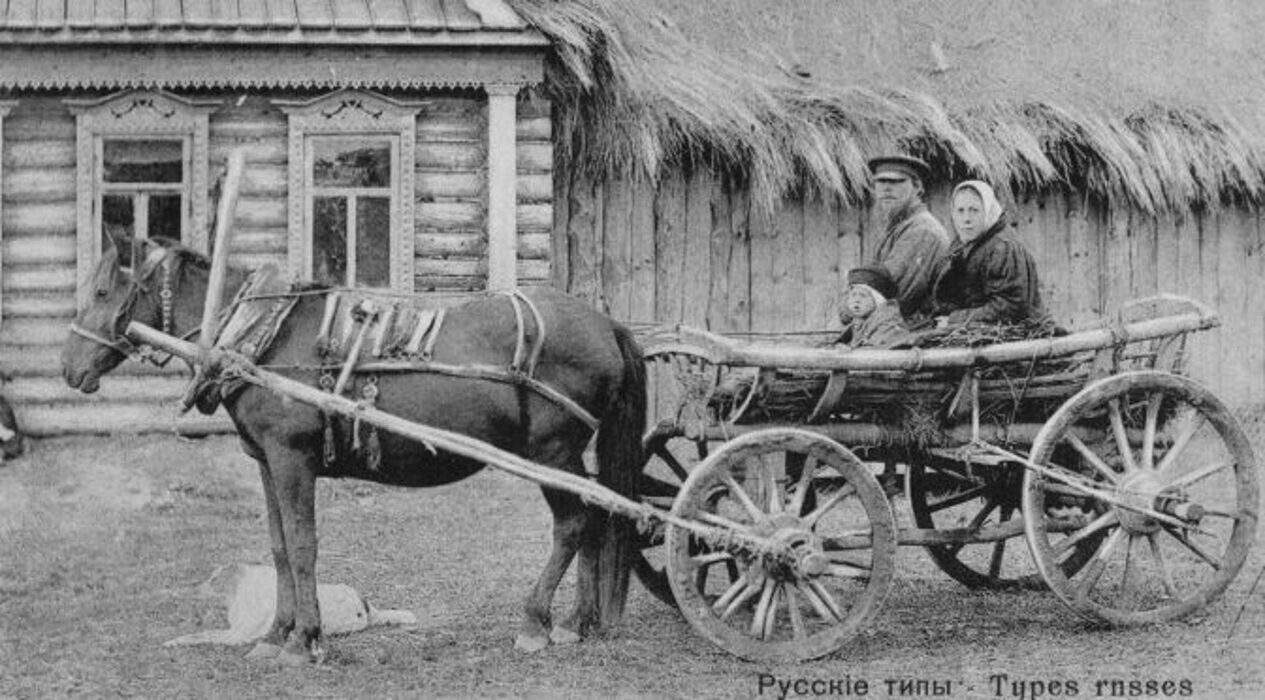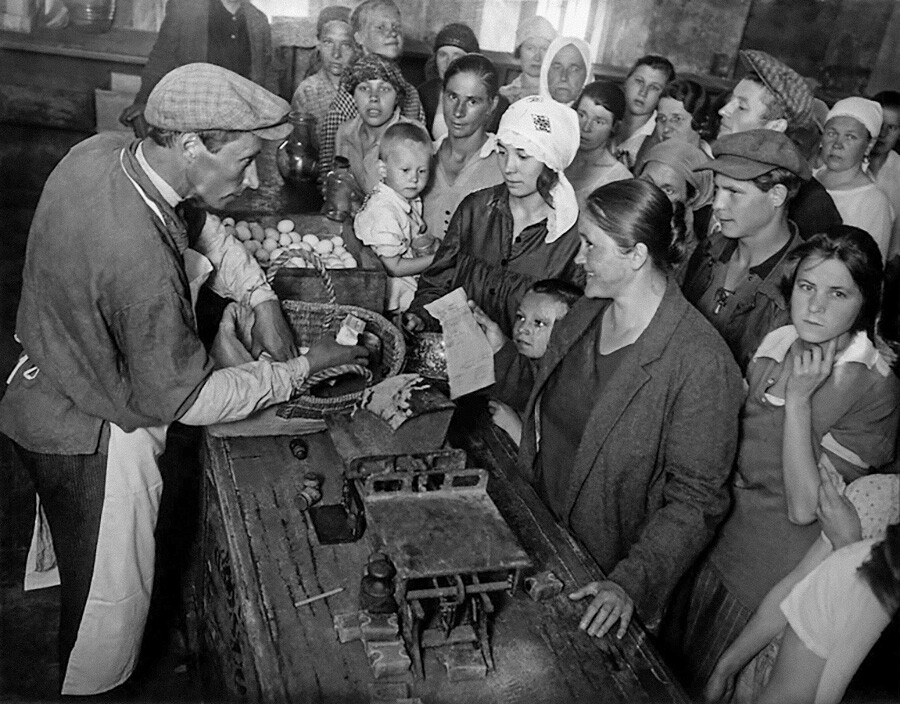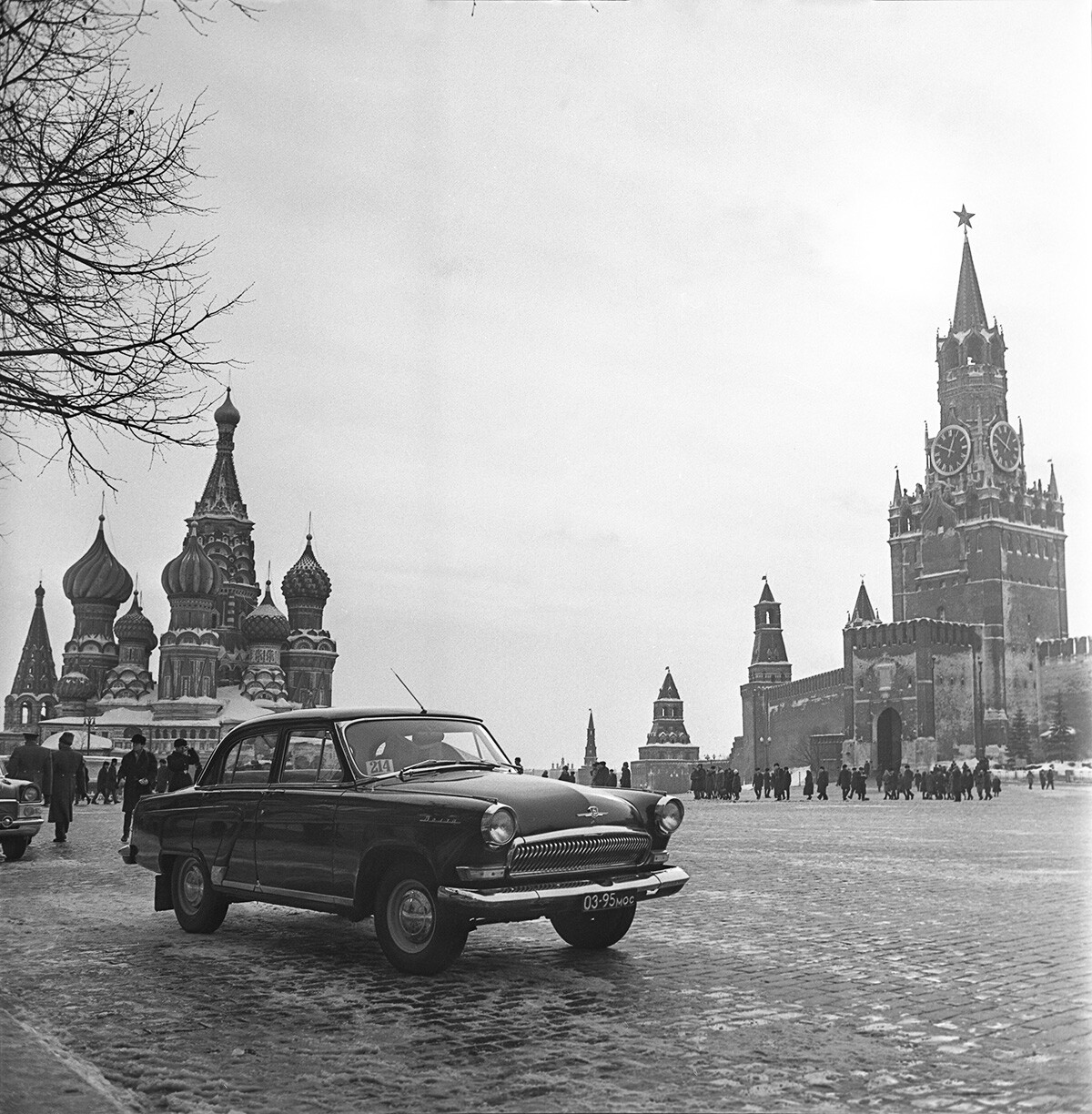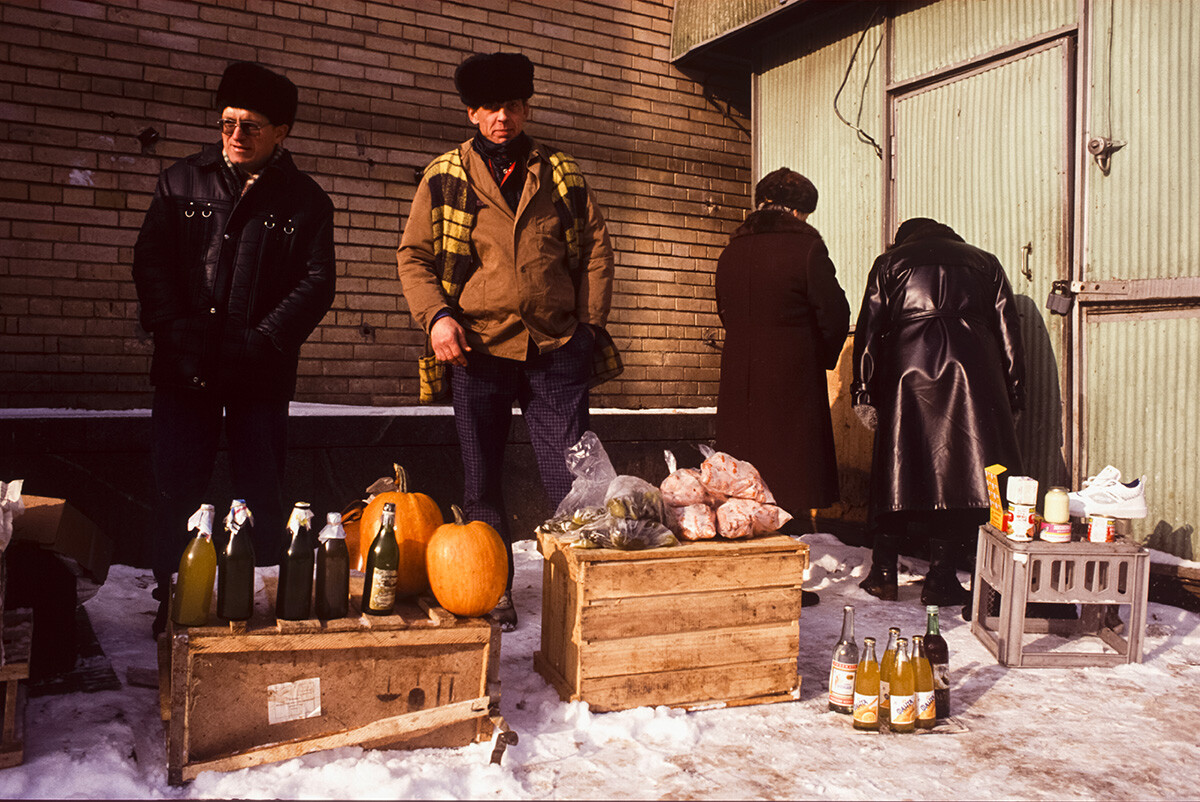

In 1897, with $100, one could buy a fine horse.
Public domainIn 1897, the Minister of Finance of the Russian Empire, Sergei Witte, introduced the gold standard for the ruble, which remained in force until the beginning of World War I. One ruble was equal to 0.77 grams of pure gold. One dollar had a value of 1.94 rubles, meaning that if you exchanged $100 you’d get 194 rubles in return.
This was a significant amount of rubles for that era. The monthly salary of the average worker amounted to 20 to 70 rubles, or about $10 to $36 according to the exchange rate at the time. With $100, one could buy a fine horse, or about 13,000 kilos of potatoes, or 8,430 eggs, or 388 chickens.
Also, in a small town, the fee charged by a coachman with a horse (the main mode of public transport at that time) was 20 kopecks. So, with $100 you could take 970 rides.
In 1897, jeweler Carl Fabergé made the Coronation Easter egg with a golden carriage inside and then put it on sale for 7,150 rubles, or $3,700. In our day, the price of such an item at auction due to its historical, cultural, and jewelry value amounts to $20-$30 million.

Photo essay "24 Hours in the Life of the Filippovs" about the life of a Soviet family.
Max Alpert, Solomon Tuleps, Arkady Shaychet/MAMM/MDFThe beginning of the 20th century in Russia proceeded under the flag of several major upheavals – the country’s participation in World War I, the end of the Romanov dynasty, the ascension of the Bolsheviks to power, and hyperinflation.
In 1922-1924, the Soviet government launched a monetary reform: the old ruble was denominated. One new ruble was exchanged for 1923 rubles at a rate of 1 to 50,000. Taking into consideration all of the implemented denominations, it was exchanged at a rate of 1 to 50 billion 1917-1921 rubles. The price of one U.S. dollar settled at the level of 2 rubles and 22 kopecks.
In 1924, with $100 (222 rubles) one could buy 4,440 kilograms of potatoes, or 444 kilograms of meat, or 6,340 eggs. The average monthly salary was 40-60 rubles ($18-$27).

GAZ-21 "Volga" on Red Square.
Yuri Abramochkin/SputnikIn 1961, the USSR underwent the “Khrushchev monetary reform”, which was named after the General Secretary of the USSR of that time, Nikita Khrushchev. Ten of the old rubles were now equal to one new ruble. Salaries and store prices changed accordingly.
One U.S. dollar cost 90 kopecks, which meant that exchanging $100 got you 90 rubles. The average salary at this time was 80-100 rubles, equal to about $100. For that amount of money, one could buy 900 kilograms of potatoes (almost five times less than a half a century prior), or 690 eggs (10 times less). For birthdays and holidays, you could buy a Leningrad Cake – 34 of them in fact, or 21 bottles of cognac. Also, with $100 you could buy 1,800 tickets to ride on the metro.
Wealthy citizens often dreamed of buying the GAZ-21 “Volga” car that was on sale for 5,100 rubles ($5,670), or perhaps they hoped to buy the “Voskhod” motorcycle for 410 rubles, equal to about $455 (five monthly salaries).

"Black market" in Moscow, 1992.
Roger JOB/Gamma-Rapho/Getty ImagesFrom 1985 to 1991, the Communist Party carried out its policy of social and economic reform called Perestroika, which inadvertently ended with the collapse of the USSR. During these years, prices rose approximately 1.5 times compared to prices before Perestroika.
In early 1991, which was the last year of the USSR, the so-called Pavlov Reform was carried out (named after Soviet Prime Minister Valentin Pavlov). Its main goal was to remove from circulation and then exchange the 50- and 100-ruble bills of 1961. The exchange period lasted just three days; and during the next two months one could exchange no more than 1,000 rubles.
Also, the official ruble exchange rate to the U.S. dollar was lowered: $1 bought you 1.75 rubles. However, on the black market (informal purchases of various goods and services) the rate was 1 to 30; in autumn it reached 1 to 55. Imported goods were often sold on the black market, with their prices set according to the floating exchange rate.
By the end of 1991, the average monthly Soviet salary was 500-600 rubles ($286 to $343). With $100, according to the official exchange rate, one could buy 11 kilos of beef, or 77 kilos of potatoes, or 390 eggs. With the same amount of money one could buy 29 metro ride tickets, 92 movie tickets, or spend eight days at a holiday resort.

"Omoda" car made by Chinese company Chery at a car showroom in Podolsk.
Mikhail Voskresensky/SputnikIn February 2022, Russia began its special military operation in Ukraine. NATO-led countries responded by introducing strict financial and economic sanctions against Russia. The exchange rate of the ruble became quite volatile: the average exchange rate of $1 before the special military operation in 2021 was 73.7 rubles; in 2022 – 63.5 rubles (with its peak in March of 103.5 rubles, and its minimum in June – 57 rubles). In 2023, during the course of eight months the average exchange rate was 81.6 rubles (with its minimum in January – 68.8, and 95.3 in August).
In mid 2023, with $100 you could buy 19 kilos of beef, or about 250 kilos of potatoes, or 1,200 eggs. Compared to 1991, that’s 1.5 times more beef, three times more potatoes and three times more eggs.
However, the prices for some other items have increased. With that same $100 you can buy 173 metro ride tickets (six times more than in 1991), or 32 movie tickets (three times less than before). Or spend three days in a holiday home (2.5 times less).
Today, the average salary is about 70,000 rubles to 76,000 rubles (according to Rosstat data), which equals approximately $800 (2.5 times more than in 1991). The average car price in Russia is 1.9 million rubles (approximately $20,000); in Moscow - the average is 2.9 million rubles (approximately $30,000), while in the Moscow Region the average is 2.6 million rubles (approximately $27,000).
Finally, returning to the horse mentioned above that you could have bought in the 19th century for $100, today the price would be about 150,000 rubles, which equals approximately $1,600.
In this article, we used data from the FederalState Statistics Service (Rosstat) and open sources.
Dear readers,
Our website and social media accounts are under threat of being restricted or banned, due to the current circumstances. So, to keep up with our latest content, simply do the following:
Subscribe to our Telegram channels: Russia Beyond and The Russian Kitchen
Subscribe to our weekly email newsletter
Enable push notifications on our website
Install a VPN service on your computer and/or phone to have access to our website, even if it is blocked in your country
If using any of Russia Beyond's content, partly or in full, always provide an active hyperlink to the original material.
Subscribe
to our newsletter!
Get the week's best stories straight to your inbox